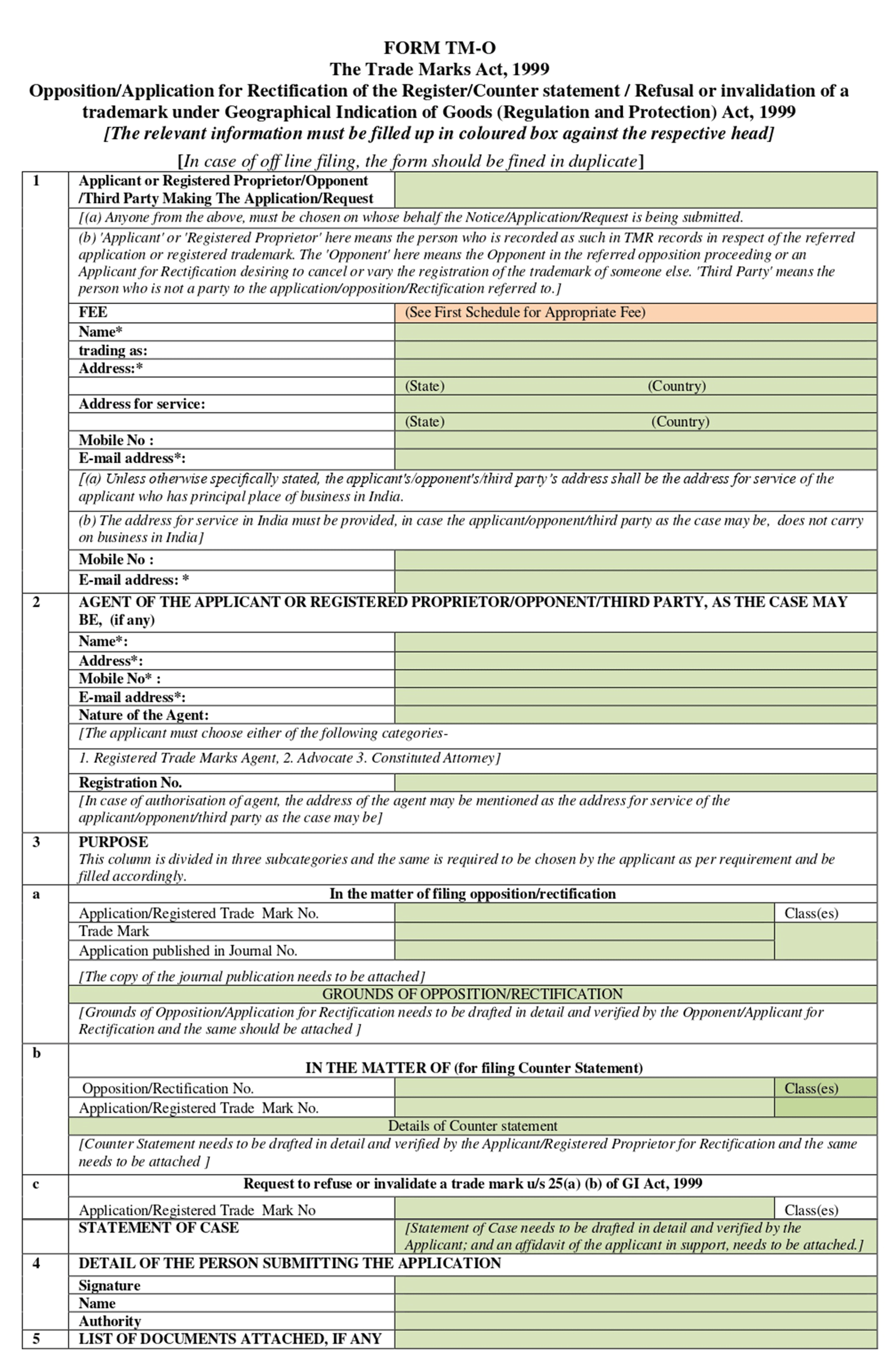Guide to Trademark Opposition: Navigating the Legal Battle
In the Indian trademark registration system, “opposition” status means that a third party has filed an opposition to the trademark application. An objection to a trademark advertisement may be filed four months after the date of publication of the trademark.
Any person interested in a trademark, including a former trademark owner, or licensee, or who believes they would be harassed if the trademark was registered, may file an opposition application. If he files the objection, the Registrar will notify the applicant and provide them with a copy of the objection. The applicant can then file a counterclaim within two months of receipt of the notice of opposition. The response must address the objection’s basis and provide evidence supporting the application.
If the objection is filed, the Secretary shall provide the opponent with a copy of the objection and allow them to submit evidence in support of their objection. The applicant will also have the opportunity to respond to the evidence of the opponent. Once all evidence and claims have been submitted, the Registrar will hold a hearing and decide whether to grant or deny the trademark application. If the opposition is successful, the trademark application will be rejected and the applicant will lose all rights to the trademark.
Trademark applicants must be aware of potential opposition and respond in a timely and appropriate manner. In some cases, it may be possible to negotiate with the adversary to settle the opposition and trigger the trademark registration
How to Oppose a Trademark Application?
- Study the Trademark application which is published in the Trademark Journal and draft the grounds you are going to oppose the Trademark Application for.
- Filing of Notice of Opposition: Prepare the notice of opposition in form TM-O on the official website of the Trademark Office of India. The notice must clearly state the grounds of opposition and the relief sought. The protest fee of INR 2,500 per section must be paid online or by visiting the Trademark Office of India.
- Serve a copy of the notice of opposition: Serve a copy of the notice of opposition to the applicant or their representative within two months from the date of publication of the advertisement in the trademark journal. The petitioner has two months from the receipt of the notice of opposition to file a response in response.
- Submit Reply: Once the answer is filed, the opponent may submit evidence in support of his opposition within two months. The applicant can then provide evidence in response within one month.
- Attend the hearing: Once all evidence and arguments have been submitted, the Registrar will hold a hearing and decide whether to grant or deny the trademark application.

A trademark attorney can assist the opposition by investigating the opposition, preparing a counterclaim, and gathering evidence to support the application. They can also contact the opponent and try to mediate to resolve the opposition. Additionally, a trademark attorney can represent an applicant in opposition proceedings and argue on their behalf.
With over 35 years of service in the District Court of Odisha, I have witnessed and learned diverse range of cases while developing a deep understanding of the legal system. Having retired from my previous position, I now utilize my expertise to assist businesses and SMEs in managing and navigating matters related to Intellectual Property Rights and Tax Law.

